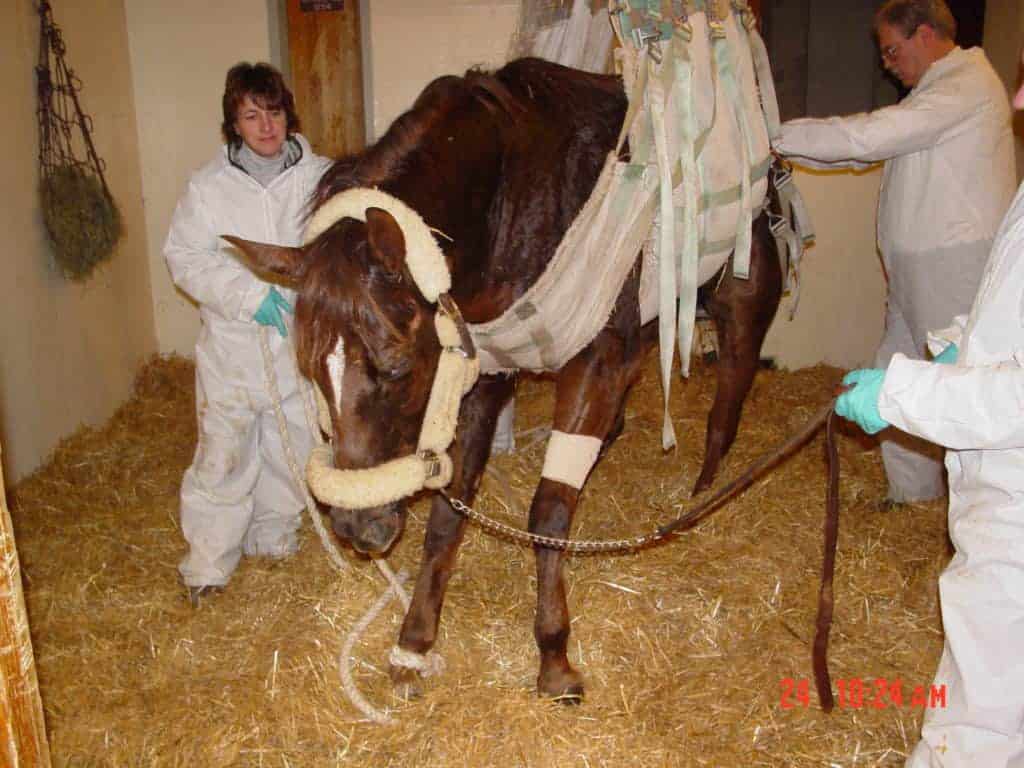
Manifestations of Equine Herpesvirus-1
Learn how the respiratory, reproductive, and neurologic forms of equine herpesvirus-1 can impact your horse.

Learn how the respiratory, reproductive, and neurologic forms of equine herpesvirus-1 can impact your horse.

Poor performers can be a diagnostic challenge. Here’s what veterinarians will look for when examining these horses.

Vets can evaluate and treat performance-limiting respiratory problems to help return the patient to peak performance.

The dynamic respiratory scope will allow veterinarians to better assess performance horses’ upper respiratory tracts.

Learn about this sticky pleuropneumonia complication and why it’s bad news for affected horses.

The Hippolia Foundation unites equine research groups for better progress, improved funding opportunities, and more.

Risk factors for equine nosebleeds appear to include age at first start, running on firm ground, and more.

Find out how to ensure your senior horses stay healthy all through their golden years.

Researchers have been hard at work studying this contagious respiratory disease.

Researchers learned that the total bacterial load was higher in horses with heaves than in healthy horses, and more.

The event is designed to help vets assess, diagnose, and treat a range of performance-limiting diseases and conditions.

Often used to treat dorsal displacement of the soft palate, the technique also appears useful for treating dysphagia.

Nasopharyngeal catheter administration results in good cover of the larynx, nasopharynx, and soft palate.
Silicate-associated osteoporosis, or SAO, affects horses’ lungs and bones.

Study topics include ophthalmology, respiratory issues, cardiovascular problems, sarcoid treatments, and more.

Studies covered stem cells, nerve blocks, respiratory issues, joint supplements, kissing spines treatments, and more.
Stay on top of the most recent Horse Health news with
"*" indicates required fields